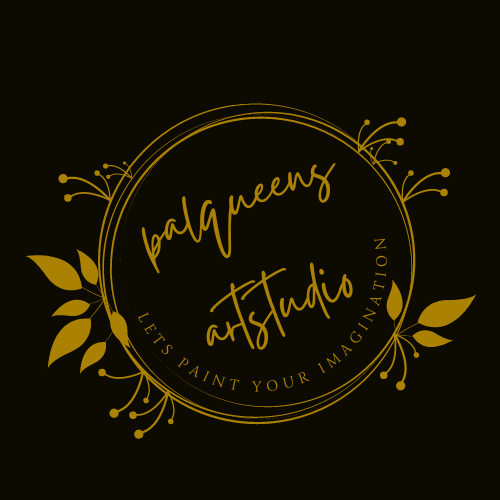Types of Paint Brushes.

There are many available brushes in the market for the artwork. However, choosing the best is quite difficult. Going art shopping to start your art career may at times be confusing as to where to start from. There are many available brands in the market for art supplies.
Focusing on one of the main ingredients the paintbrush, which will eventually be more responsible for the strokes of your imagination! There are many types and sizes and shapes of paint brushes available, however let’s see 10 bests used frequently. Let’s check them out all.

Round Brush
This is the common and easily available brush. Its round tip shape makes the user use it in a versatile manner from small details to creating a line and also to filling of shapes at times.

Mop Brush
It is a fat type of brush somewhat similar to a round brush, which soaks a lot of water in it. This is best used for doing a wash or big strokes in a big painting. A bold and broad outline can be created. It comes a little expensive compared to regular round brushes.

Flat Brushes
Flat Brush is ideal for creating crisp straight lines and details with its tips. Having a rectangle type of shape helps to paint easily objects like tree trunks and huts, etc. in natural scenery.

Fan Brush
This is a brush in shape of fan, semi-circle bristles brush which can be more useful in nature paintings, especially for tree leaves and grasses. Best if used with less water paint to give a good texture, if used with more water there are chances of bristles getting stuck together and not giving a shape of a fan, more likely it looks like a shattered broom :P. But recommended to have one.

Cat’s tongue Brush
Its shape is like a cat’s tongue, a mixture of flat round and pointed together. This is helpful in cases where you need to outline or even in making large skies and seas.

Rigger Brush
This brush has much longer hair and a thin tip point at the end of the head. Generally used for making long lines and other fine lines. It is also called a “liner “or “script” brush. And due to its long hair, it holds more water than the regular round brushes.

Angled Brush
Apart from this brush being used by makeup artists, it is also used by paint artists. It is similar to the flat brush. It is used for corners and edges as it has curved edges, it can also be used in place of a flat brush.

Spotter Brush
These are the short-haired brushes that control and hold more water, these are more useful in creating fine detail work, shorter than the other round brushes. It is more useful in creating layering and detailed paintings in all mediums.

Wash Brush
As the name implies, is useful for creating a wash in a large amount of space and is more of a flat type of brush it is used for wetting surfaces and absorbing excess color. Mainly to wash the paper or canvas to give a wash effect.

Sword liner or Dagger Brush
This also makes long and thin lines like a rigger brush and looks from thick to thin. Just as its name goes like a sword. These are more useful while making the tree branches or loose leaves and grass etc.
As a beginner, you don’t need to get confused by the above criteria you can start with some basic 4-5 brushes and then as you understand the usage and how it works you can play with another shape of brushes. You can start with a small size round brush of (2-4), a medium size brush (6-8) a large one (10-12). Also 2-3 flat brushes and a rigger brush if needed.
However, investing in a good quality brush is always a good thing an artist will do. A good brush will leave its marks on your forever paintings.
Natural Watercolour Brushes vs Synthetic Brushes
Synthetic brushes are a great alternative to natural brushes. Generally, natural brushes when used with colour absorb more colour and water and tend to swell up the brush at the end. While it is not the case with synthetic brushes, it does not soak up any colour or water in them, which results best when using creamy liquid and oily substances.
Also as the bristles are made up of nylon, they are good at holding the colours longer and also last longer compared to the natural bristles.
Natural brushes are made up of the hair and fur of the animals, while synthetic brushes are made from nylon and plastic types of non-natural materials.
My Recommendations: Synthetic brushes, with Round, flat, mop, cat’s tongue, fan and Rigger brush tips.

This is actually what I want to know. Thanks a lot for sharing…..
Thank you, Ms. Nirali.
You are always welcome, do follow for more of such content.
Amazing useful details….
Thank you, Mr. Shah. Do follow and share for more such art information.